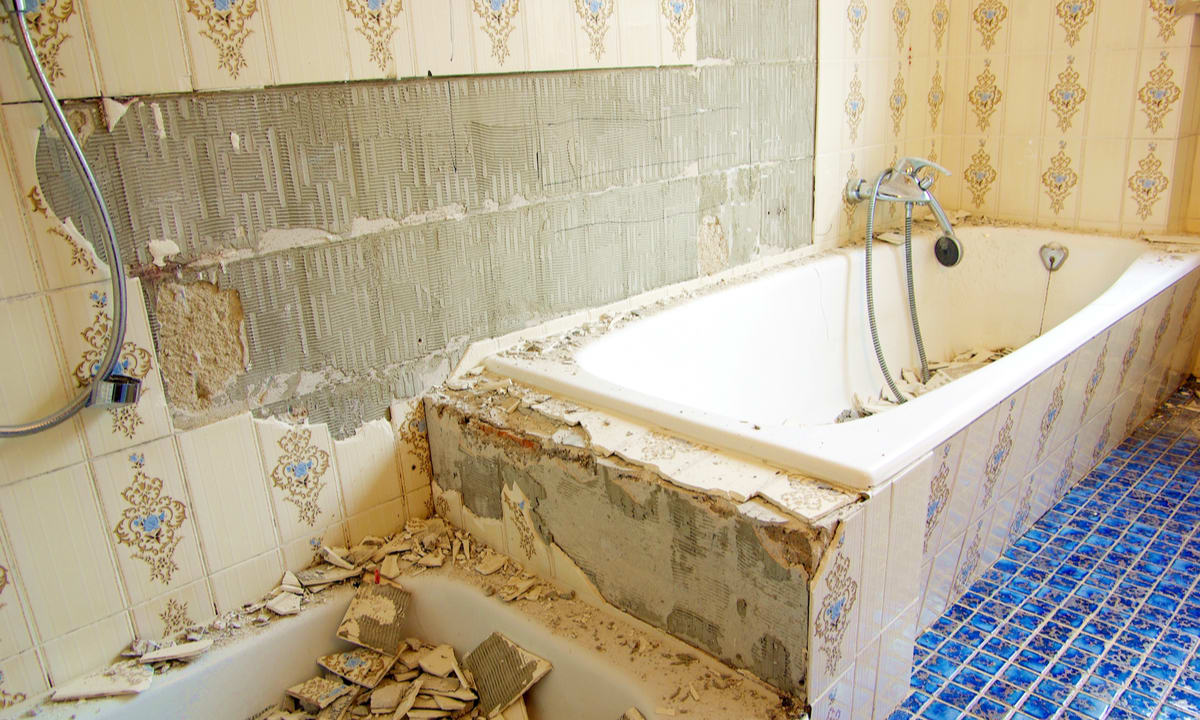Over-60 Housing Association Flats: Guide to Accessible and Secure Living
Housing association flats designed for residents over 60 offer specialized accommodation that prioritizes accessibility, safety, and community support. These properties provide an alternative to traditional housing, combining independence with practical features tailored to the needs of older adults. Understanding what these flats offer, how to apply, and what support services are available can help individuals make informed decisions about their living arrangements as they age.

Exploring Accessibility Features in Housing Association Flats
Accessibility is a central consideration in housing association flats designed for over-60 residents. These properties typically incorporate features that reduce physical barriers and support mobility challenges. Common accessibility elements include step-free entrances, wide doorways to accommodate wheelchairs and walking aids, and lever-style door handles that are easier to operate than traditional knobs. Many flats feature walk-in showers with grab rails, raised toilet seats, and non-slip flooring in bathrooms to minimize fall risks.
Kitchens in these properties often have lower countertops, accessible storage solutions, and appliances positioned at convenient heights. Some housing associations install emergency pull cords in key rooms, allowing residents to summon assistance if needed. Lifts are standard in multi-story buildings, and communal areas are designed with clear signage and adequate lighting. These adaptations enable residents to maintain independence while reducing the physical demands of daily living.
Understanding Safety Measures for Seniors in Residential Buildings
Safety features in over-60 housing association flats extend beyond physical accessibility to encompass security and emergency response systems. Most properties include secure entry systems with intercom facilities, controlled access to buildings, and well-lit communal areas and pathways. Fire safety measures are rigorously maintained, with regular inspections of smoke detectors, fire doors, and evacuation procedures.
Many housing associations provide 24-hour emergency alarm systems that connect residents to response teams. These systems may include wearable pendants or fixed alarm points throughout the flat. Some properties employ on-site wardens or caretakers who conduct regular welfare checks and coordinate maintenance issues. CCTV systems in communal areas add an additional layer of security, while regular safety assessments ensure that buildings meet current standards for older residents.
Navigating the Application Process for Over-60 Housing
Applying for housing association accommodation typically begins with registering on a local authority housing list or directly with housing associations operating in your area. Eligibility criteria generally require applicants to be over 60, though some schemes accept residents from age 55. Applicants must demonstrate a housing need, which may include unsuitable current accommodation, medical conditions requiring adapted housing, or financial constraints.
The application process involves completing detailed forms that assess housing needs, medical requirements, and financial circumstances. Supporting documentation such as proof of age, income statements, and medical assessments from healthcare professionals may be required. Housing associations use points-based or banding systems to prioritize applicants, with those in greatest need receiving priority. Waiting times vary significantly depending on location and demand, ranging from several months to several years in high-demand areas.
Applicants should register with multiple housing associations to increase their chances of securing suitable accommodation. Local authority housing departments can provide lists of registered providers and guidance on the application process. Some housing associations conduct pre-allocation visits to assess specific needs and ensure properties match requirements.
Evaluating Community Support Services for Senior Residents
Housing association flats for over-60s often provide access to community support services that enhance quality of life and promote social connections. Many schemes include communal lounges, gardens, and activity spaces where residents can socialize and participate in organized events. Housing associations may coordinate regular activities such as coffee mornings, exercise classes, craft groups, and educational workshops.
On-site services vary by provider but may include visiting healthcare professionals, hairdressing facilities, laundry services, and guest accommodation for family visitors. Some housing associations partner with local organizations to provide additional support such as befriending services, digital skills training, and assistance with benefit claims. Residents typically maintain their independence while having access to support when needed, creating a balance between autonomy and community engagement.
Identifying Financial Assistance Options for Housing Needs
Financial considerations are important when exploring housing association flats for over-60s. Rent levels in these properties are generally lower than private sector equivalents, as housing associations operate on a not-for-profit basis. However, costs vary depending on location, property size, and included services. Weekly rents typically range from £80 to £150 in many areas, though this varies considerably based on regional housing markets.
| Housing Type | Typical Weekly Rent | Service Charges | Additional Costs |
|---|---|---|---|
| One-bedroom flat (urban area) | £100-£150 | £15-£30 | Council tax, utilities |
| One-bedroom flat (rural area) | £80-£120 | £10-£25 | Council tax, utilities |
| Two-bedroom flat (urban area) | £120-£180 | £20-£40 | Council tax, utilities |
| Sheltered housing with warden | £110-£160 | £25-£50 | Council tax, utilities, meals (optional) |
Prices, rates, or cost estimates mentioned in this article are based on the latest available information but may change over time. Independent research is advised before making financial decisions.
Eligible residents may receive financial assistance through Housing Benefit or the housing element of Universal Credit, which can cover all or part of rent costs depending on income and savings. Pension Credit may provide additional support for those on low incomes. Service charges, which cover maintenance of communal areas and facilities, are separate from rent and may also be eligible for benefit support. Local authorities and housing associations provide benefit advice services to help residents maximize their entitlements and understand their financial obligations.
Conclusion
Housing association flats for over-60s provide accessible, secure accommodation designed to meet the specific needs of older adults. These properties combine practical accessibility features with safety measures and community support services that promote independence and social connection. Understanding the application process, available financial assistance, and the range of services offered enables individuals to make informed decisions about their housing options. While waiting times and availability vary by location, housing associations remain an important provider of affordable, suitable accommodation for older residents seeking a supportive living environment.



